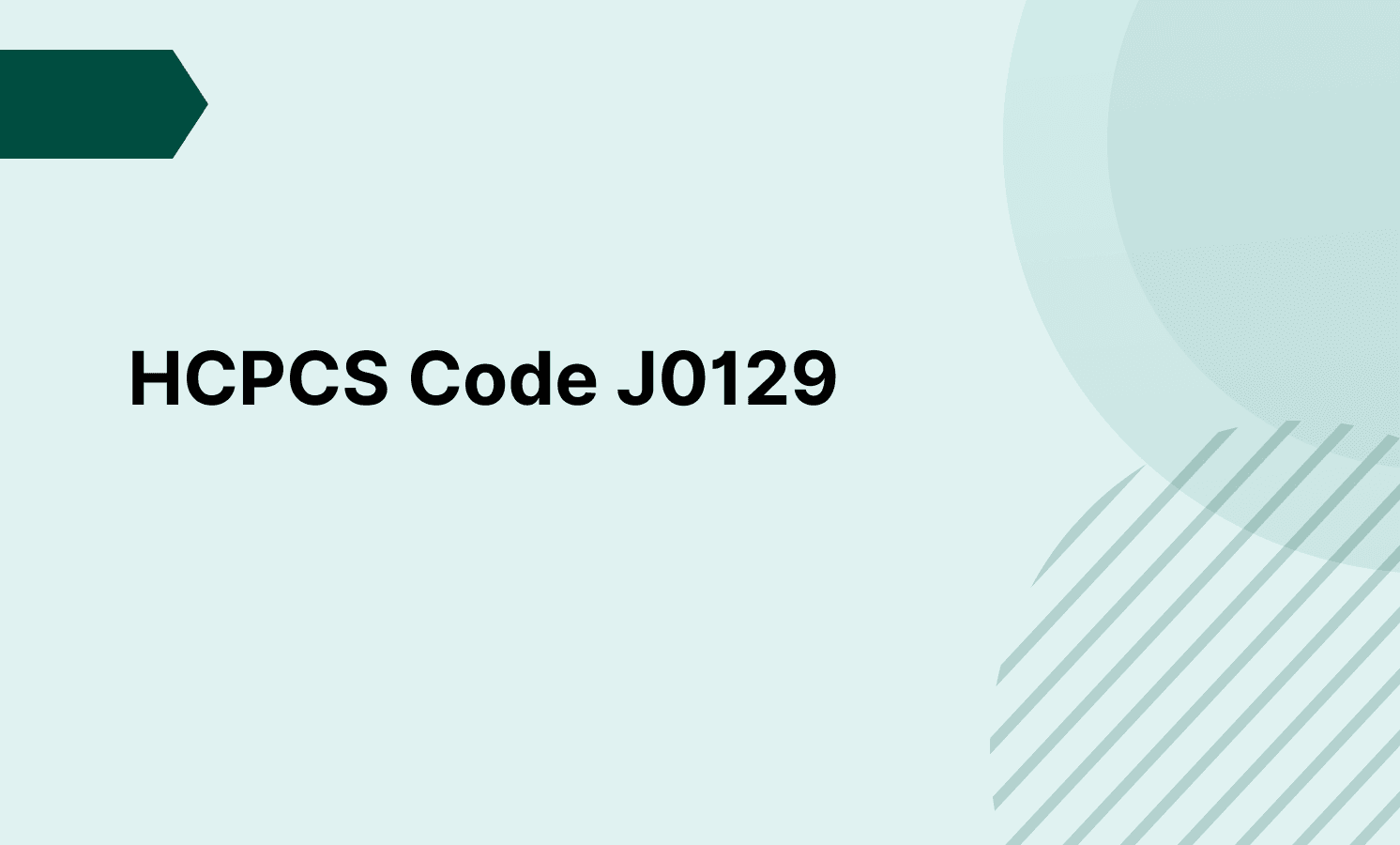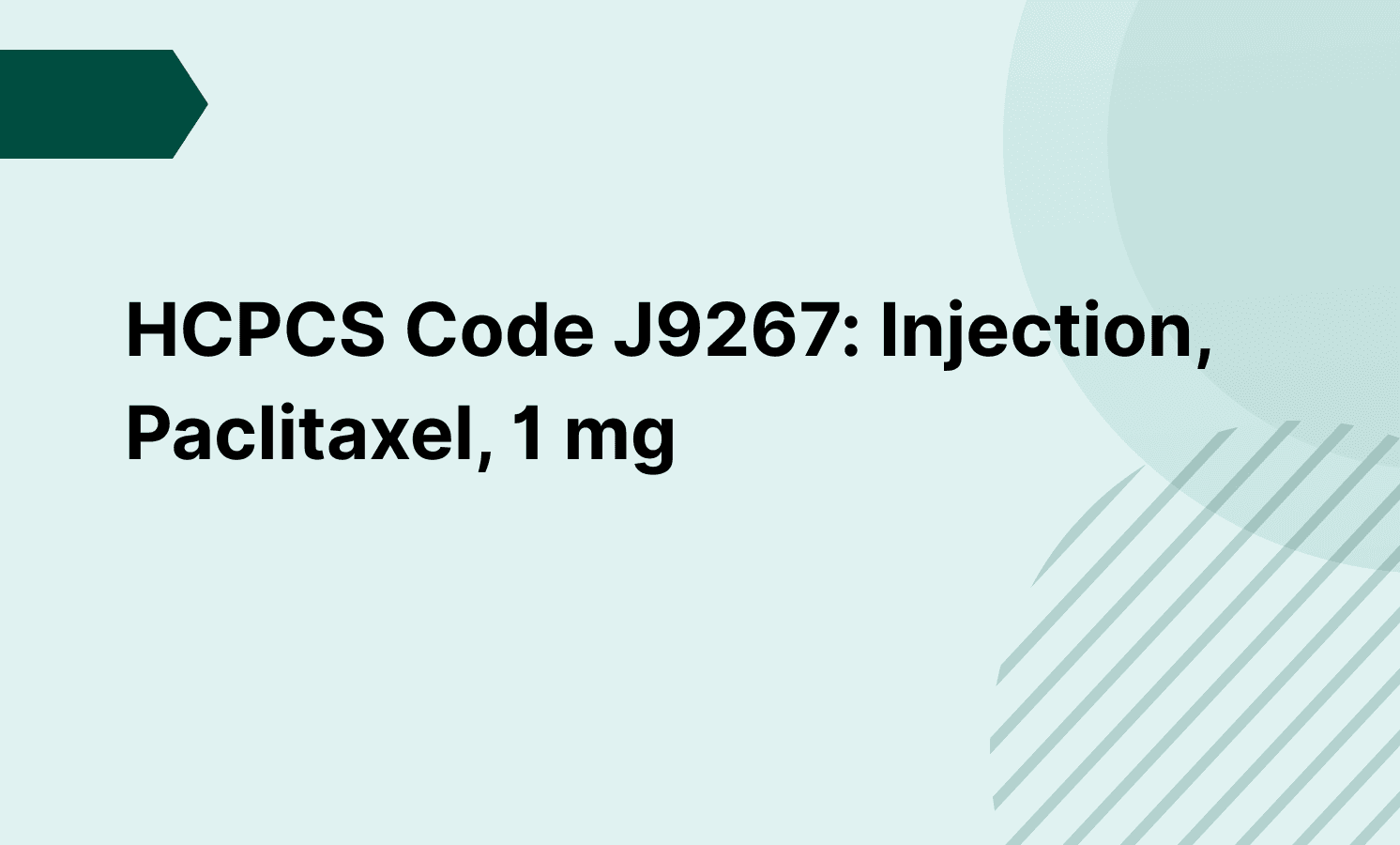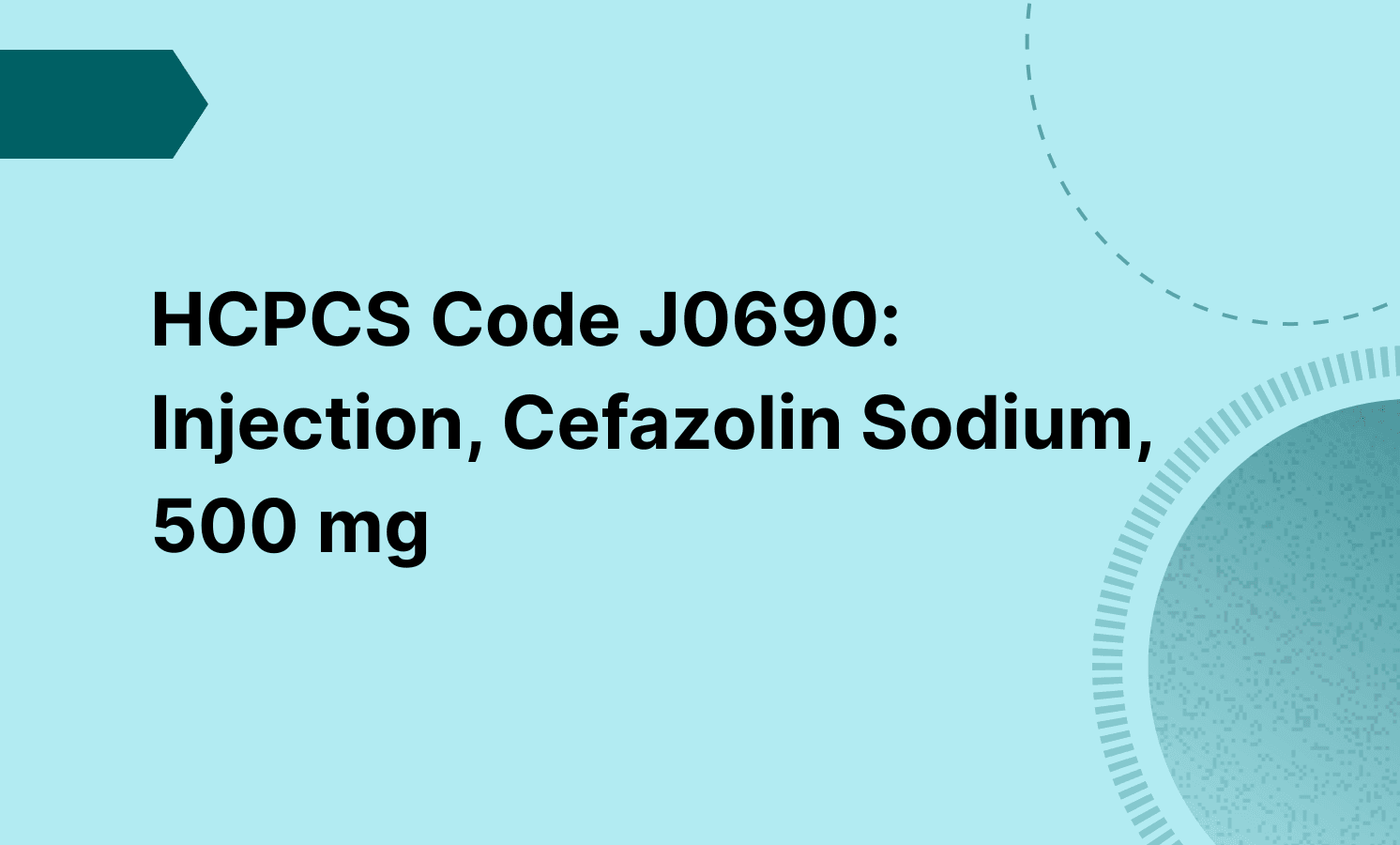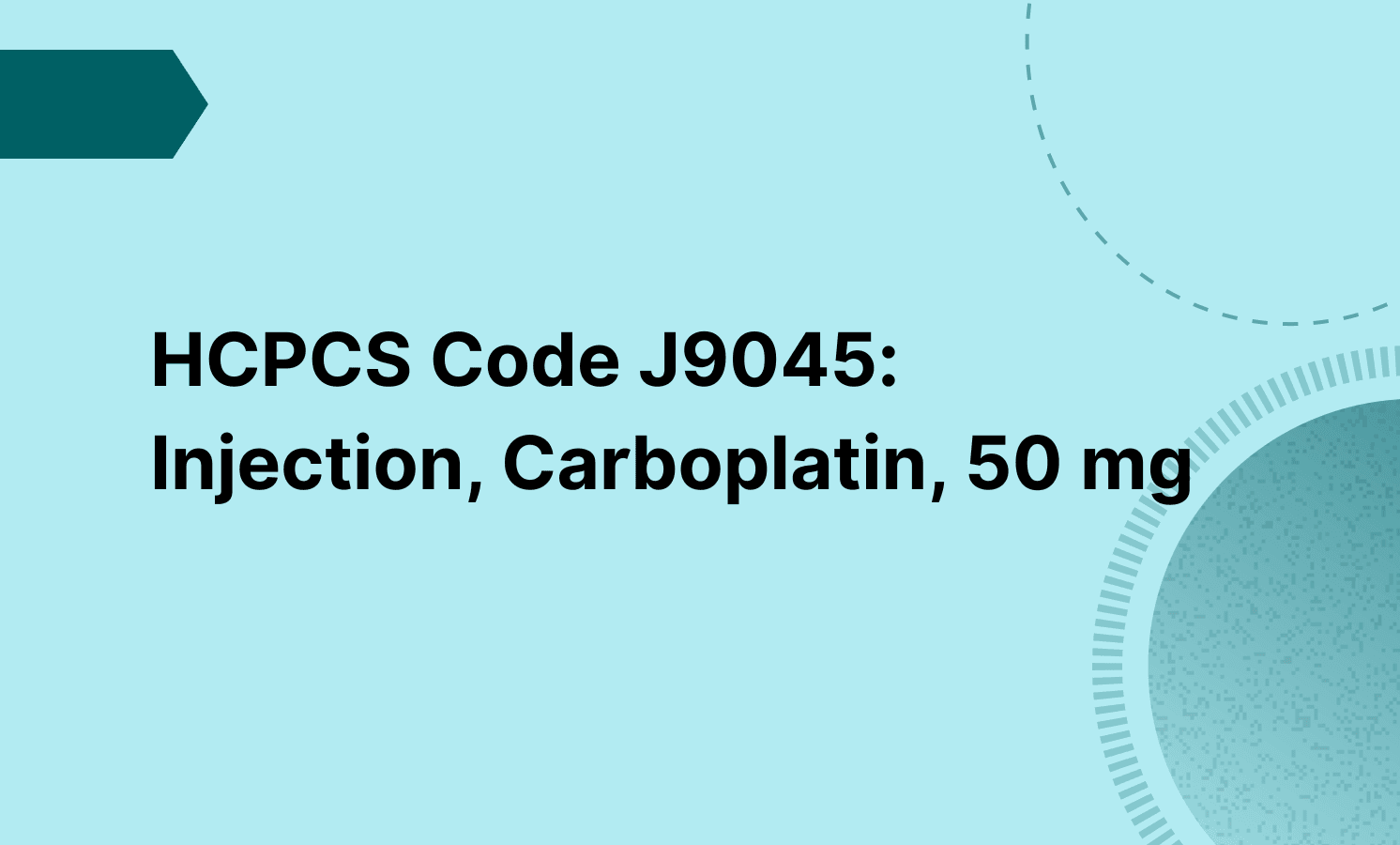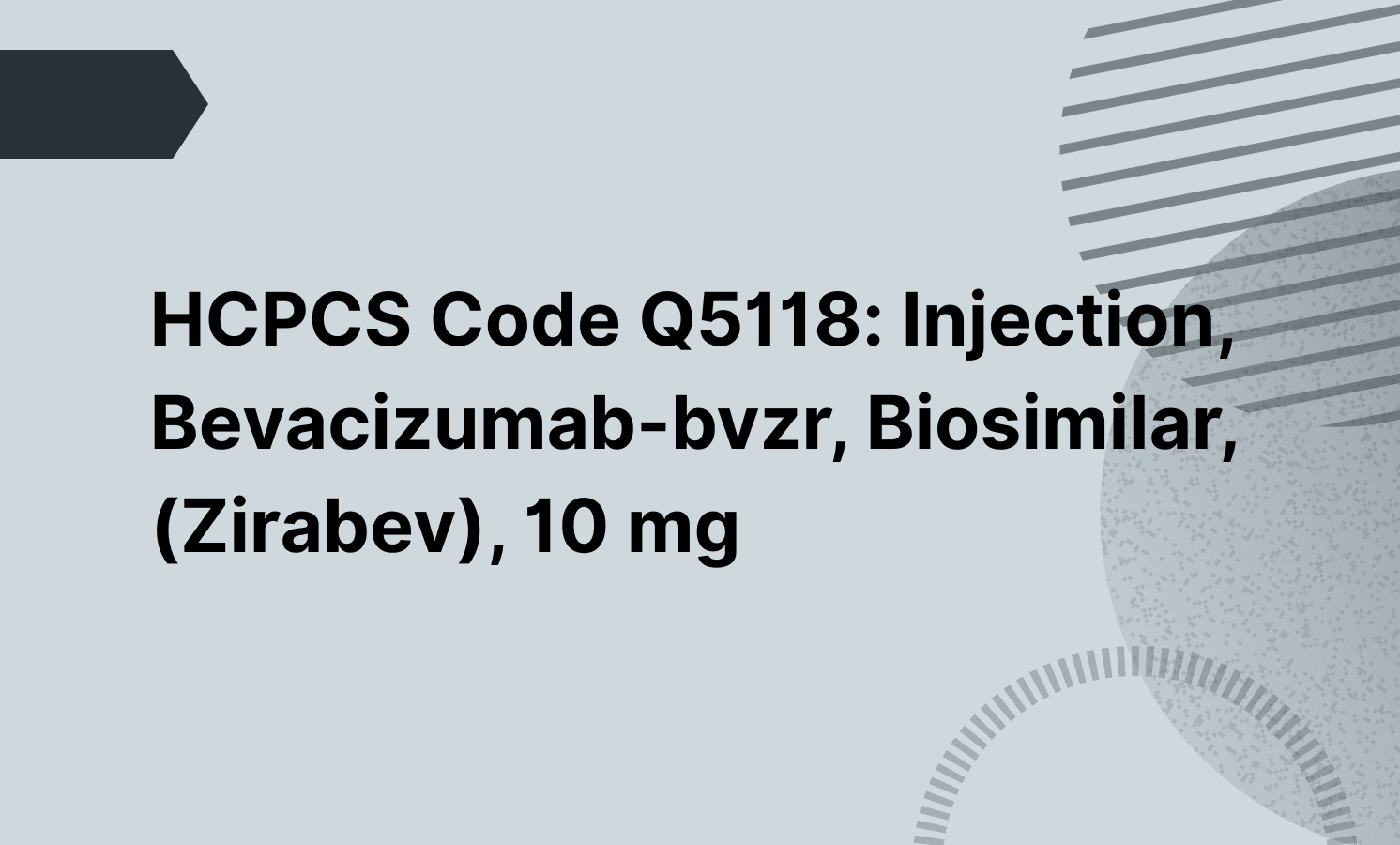Yes, Medicare covers 92134 when medically necessary and linked to a covered diagnosis. Frequency limits may apply, so consult local LCDs.
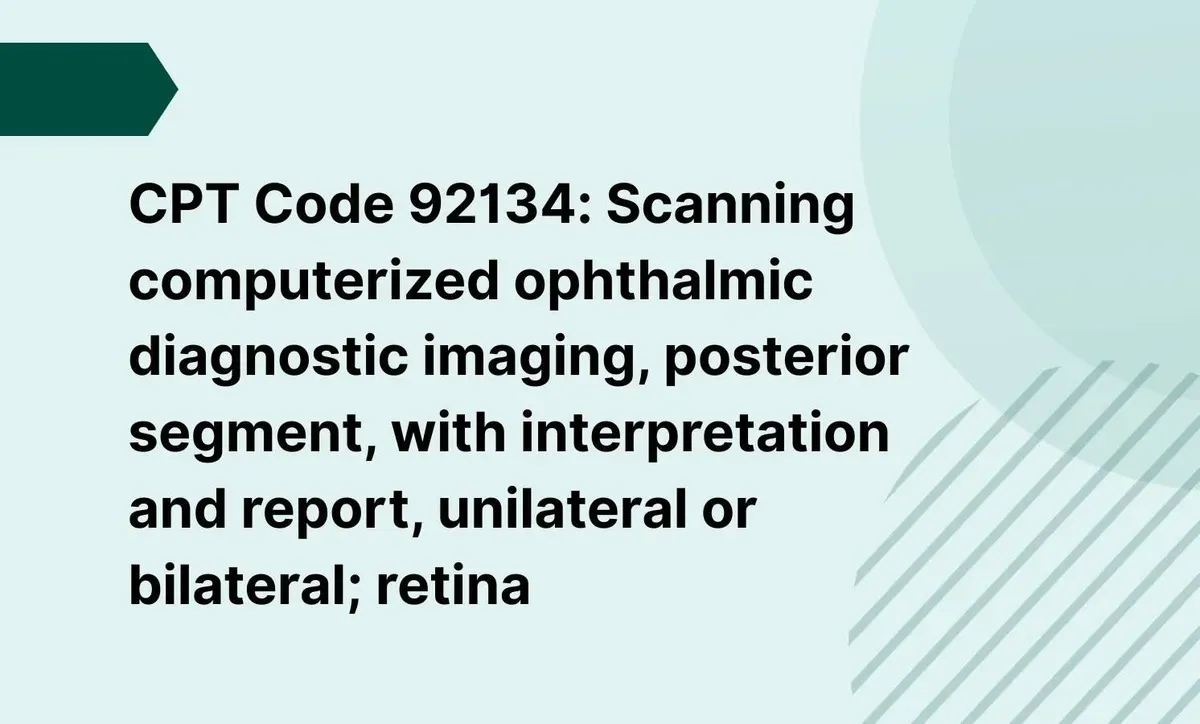
CPT Code 92134: Scanning computerized ophthalmic diagnostic imaging, posterior segment, with interpretation and report, unilateral or bilateral; retina
Learn how to report CPT code 92134, including documentation requirements, billing rules, and other relevant codes.
Use Code
Frequently asked questions
No. CPT 92134 is reported once per session, even if performed on both eyes. The code is bilateral by definition.
Modifiers technical component (TC) or 26 (professional component) may be needed when the service is split between entities. Modifier 50 is not appropriate, as 92134 is inherently bilateral.
EHR and practice management software
Get started for free
*No credit card required
Free
$0/usd
Unlimited clients
Telehealth
1GB of storage
Client portal text
Automated billing and online payments


